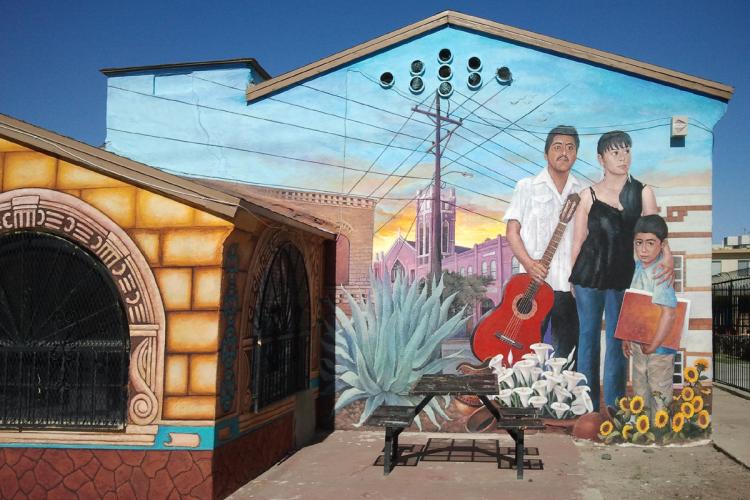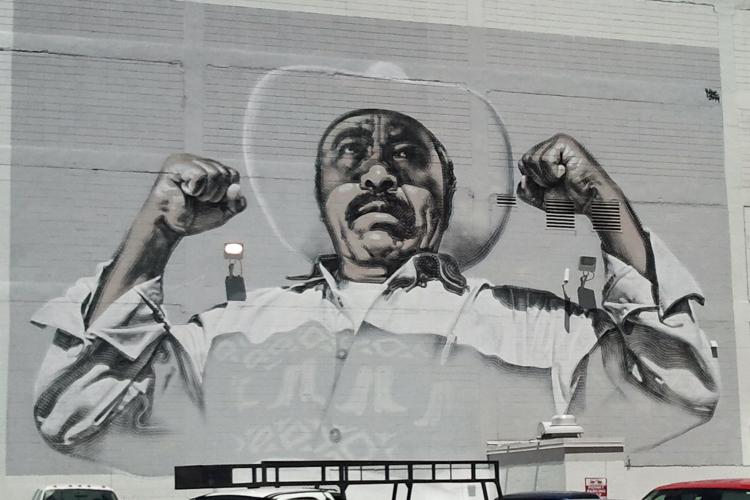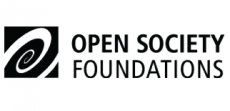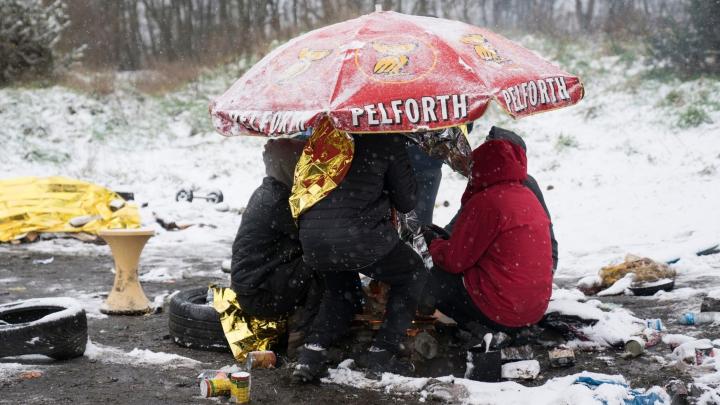Asylum Processing and Waitlists at the US-Mexico Border
Posted
Time to read
Post by Gabriella Sanchez. Gabriella is an ethnographer, coordinates migrant smuggling research at the Migration Policy Centre of the European University Institute. While currently in Italy she calls the US-Mexico border home. She tweets as @_gesanchez.
Last Friday, in collaboration with the University of Texas at Austin’s Strauss Center, and the Center for US-Mexico Studies at the University of California San Diego, the Migration Policy Centre at the European University Institute released Asylum Processing and Waitlists at the US-Mexico Border. The report documents US Customs and Border Protection’s (US CBP) asylum processing practices at 8 different spots along the US Mexico border, and the corresponding responses on the part of protection authorities and civil society on the Mexican side.

The report, a collective effort on the part of Stephanie Leutert (who led the project), Caitlyn Yates, Ellie Ezell, Paul Kuhn, Savitri Arvey and myself, draws from the knowledge and experiences of people from both sides of the US Mexico border. We interviewed government, law enforcement and immigration officials, members of Grupo Beta (the arm of Mexico’s immigration agency in charge of the provision of first-aid/emergency assistance), staff and volunteers from civil society, and the general public. We also conducted caselaw analysis, read many great reports documenting similar trends and written by other scholars, civil society and policy experts, and drew from the excellent work of many border journalists. Furthermore, we benefited from the ability most of the team members had to visit in person the locations discussed in the report to carry out site observations and verify information and trends.
We found that at US ports of entry along the entire US Mexico border, US CBP has an established if not formally acknowledged practice of returning asylum seekers to Mexican territory, under the claim that the US has ‘no processing capacity’ to admit them. The US Department of Homeland Security (US DHS) has systematically denied the claim, instead arguing asylum seekers are simply being subjected to ‘metering’ (a term used often interchangeably with ‘queue management’) so that by waiting in Mexico, those who ‘legitimately need it’ can eventually be ‘better assisted.’ Once back on the Mexican side of the border asylum seekers get on a list. When their turn comes (some must wait for weeks or months) they have the opportunity to meet with US CBP to start the asylum process. These infamous ‘waiting lists’ or ‘notebooks’ are coordinated, partly and in full, by Mexican civil society, local and federal authorities. In general, their role has been to oversee the processing of asylum seekers from the time they are sent back to Mexico or register to the moment they are transported and/or accompanied to US ports of entry where they can start their asylum requests.
The specificity of the report did not allow us to expand on the exact implications the actions of both US and Mexican authorities and civil society have on the safety and the decisions of the people who present themselves at US ports of entry seeking asylum. Neither were we able to describe in detail how asylum seekers navigate the implementation of the ‘waiting lists’ nor the consequences of their often prolonged waits. In what follows I pose three concerns specific to the El Paso-Ciudad Juarez border corridor, located right in the middle of the US Mexico border. Said concerns involve the implementation and execution of a strategy that to this day has lacked transparency.

As identified in the report, allegations of corruption, mismanagement and lack of oversight and coordination have surrounded the waiting process. Claims of Mexican authorities controlling access to the international bridges and demanding payment from those seeking to cross to request asylum have been documented by journalists and were also shared with our researchers. In Ciudad Juarez, there has also been a lack of coordination and response on the part of the authorities and civil society, who are in charge of the reception and turnover of asylum seekers to US CBP. The migrant shelter in the city, for example, despite having announced it was able to receive at least 1,000 people, was by the first week in December in the words of its staff, full. Its Facebook page however indicated only 83 people remained on the shelter’s grounds, and members of Grupo Beta continued to transport asylum seekers to the location. New arrivals were being sent away from the only publicly-known location established in the city to receive them. The resilience and agency of asylum seekers and their ability to navigate uncertainty as well as the multiple manifestations of solidarity they have encountered must be acknowledged. Yet the lack of coordination and response on the part of the authorities and civil society enhance the risks asylum seekers face (finding themselves in a new city without a place to stay; lacking awareness of transportation routes or services and/or resources to cover their cost, etc.).
We do not know what happens to asylum seekers once they have been dropped off at the ports of entry or turned over to US CBP by Mexican authorities and/or civil society. Metering (a synonym of ‘queue management’) has been at the core of the conversation on turnbacks at the border. Yet there is virtually no information regarding the outcome of the encounters between US CBP and those who cross into the US to start asylum processes. Access to this information is critical, for asylum seekers have systematically found an unwelcoming asylum system in the US city of El Paso, a jurisdiction known for consistently refusing relief.
Many asylum seekers are indeed processed by US immigration authorities and released into the community. Annunciation House –which has historically coordinated the assistance provided to migrants in El Paso –has however expressed concerns over the practice by US Immigration and Customs Enforcement (US ICE) of dropping people off at the local bus depot so that they find their way to their destination on their own, again putting them at risk.

The last, and perhaps most pressing of my concerns –and one shared by human rights activists on both sides of the border –involves the very nature of the collaboration between US CBP and Mexican civil society and authorities in the processing of asylum seekers. While there is an undeniable need and desire to protect, the legal grounds for this collaboration are problematic at best. Not only has the United States systematically engaged in turning people away under a dubious claim of capacity management, in violation of US and international refugee law. It has transferred de facto its obligations towards asylum seekers to another country, which officials (reluctantly or not) are in turn assisting with the process. In other words, civil society and government officials in Mexico are part of a strategy that violates people’s right to seek asylum, a manufactured emergency along the US–Mexico border. While most commentators have opted to repeat yet again what Alice Driver has rightfully called the same old story about gangs and cartel violence as the most pressing risks people face, little has been said about Mexico’s role in the queuing of asylum seekers. That –and not solely the repeated archetypes and myths ever present in the dominant border narrative of crime and despair—is what lies at the core of the risks increasing asylum seeker’s precarity these days.
Any comments about this post? Get in touch with us! Send us an email, or post a comment here or on Facebook. You can also tweet us.
__________
How to cite this blog post (Harvard style)
Sanchez, G. (2018) Asylum Processing and Waitlists at the US-Mexico Border
Share
YOU MAY ALSO BE INTERESTED IN
With the support of









